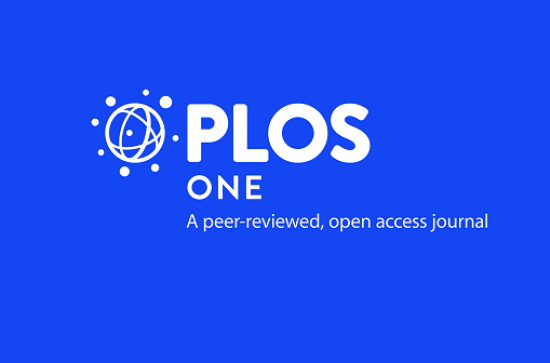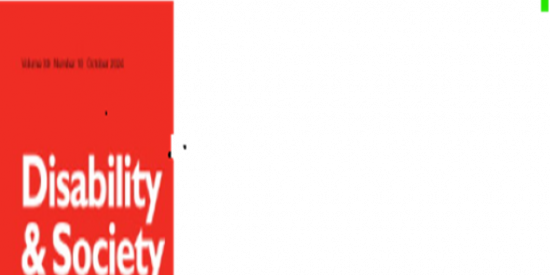
Rudi Villing and Paula Alexandra Silva, ALL Members have new article published:
Garzo A, Silva PA, Garay-Vitoria N, Hernandez E, Cullen S, Cochen de Cock V, Ihalainen P, and Villing R (2018) "Design and development of a gait training system for Parkinson’s disease". PLOS ONE 13(11): e0207136. https://doi.org/10.1371/journal.pone.0207136
Background
Rhythmic Auditory Stimulation (RAS) is an effective technique to
improve gait and reduce freezing episodes for Persons with
Parkinson’s Disease (PwPD). The BeatHealth system, which comprises a
mobile application, gait sensors, and a website, exploits the
potential of the RAS technique. This paper describes the tools used
for co-designing and evaluating the system and discusses the results
and conclusions.
Methods
Personas, interviews, use cases, and ethnographic observations were
used to define the functional requirements of the system. Low
fidelity prototypes were created for iterative and incremental
evaluation with end-users. Field trials were also performed with the
final system. The process followed a user centered design
methodology defined for this project with the aim of building a
useful, usable, and easy-to-use system.
Results
Functional requirements of the system were produced as a result of
the initial exploration phase. Building upon these, mock-ups for the
BeatHealth system were created. The mobile application was iterated
twice, with the second version of it achieving a rating of 75 when
assessed by participants through the System Usability Scale (SUS).
After another iteration field trials were performed and the mobile
application was rated with an average 78.6 using SUS. Participants
rated two website mock-ups, one for health professionals and another
for end-users, as good except from minor issues related to visual
design (e.g. font size), which were resolved in the final version.
Conclusion
The high ratings obtained in the evaluation of the BeatHealth system
demonstrate the benefit of applying a user centered design
methodology which involves stakeholders from the very beginning.
Other important lessons were learned through the process of design
and development of the system, such as the importance of
motivational aspects, the techniques which work best, and the extra
care that has to be taken when evaluating non-functional mock-ups
with end users.










